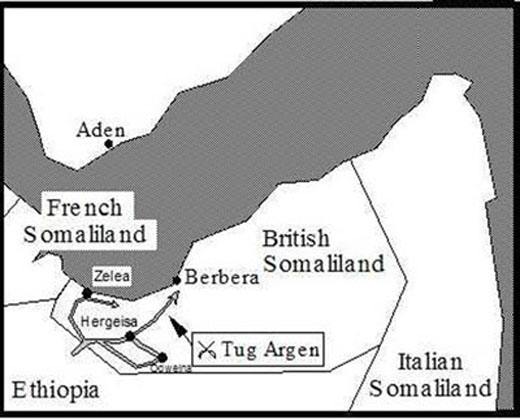Battle of Britain
Day 33
Weather - Conditions fine during morning but cloudy for most of the day in all areas.
Combat - The Sunday proves to be a day of hard fighting with large raids throughout. The early morning sees several small attacks by Me-109's and Me-110's on the balloon barrage over Dover harbor which leads to engagements with Spitfires of No: 74 Squadron. Shortly after, between 0900hrs and 1000hrs, several Me-109 units make sweeps across Southern England and are intercepted by Hurricanes of No: 32 Squadron over Deal and Spitfires of No: 54 and 64 Squadrons just off the Kent and Sussex coasts.
At around 1030hrs, a large raid of over 160 aircraft consisting of Ju-88's, He-111's, Me-110's and Me-109's approach Portland. Fighter Command responds and scrambles Hurricanes from No: 1, 87, 145, 213, 238 and 601 Squadrons along with Spitfires of No: 152 and 609 Squadrons to meet the raid over the Channel where a bitter dogfight breaks out with the Me-109's and Me-110's. The Luftwaffe has succeeded in drawing the British fighters into combat with high losses on both sides and allowing the bombers to inflict heavy damage on Portland.
Just before midday a raid of Do-17's and Me-110's, attack a convoy off Harwich which is met by Spitfires of No: 74 Squadron and Hurricanes of No: 17 and 85 (led by Sqd. Ldr. Peter Townsend) Squadrons. Soon after another large raid approaches the Thames Estuary and is intercepted by Hurricanes of No: 111 Squadron and Spitfires of No: 54 and 74 Squadrons.
The weather deteriorates into the afternoon and very little activity occurs apart from the occasional reconnaissance raid.
During the night many raids are plotted around the Northern coasts of England, probably dropping mines.
R.A.F. Losses: 38 aircraft damaged or destroyed, 25 pilots were killed or missing and 2 wounded.
Luftwaffe Losses: 51 aircraft damaged or destroyed, 44 pilots and aircrew killed or missing and 19 wounded.
NOTE: Losses include non-combat patrols and accidents.
[Battle of the Atlantic
U-38 sinks the British steamer Llanfair (4966t) west of Ireland with the loss of 3 crewmen. 30 of her crew are picked up by the American steamer California.
[Diplomatic Relations
The US government agrees to supply Britian with 4,000 tanks.
[East Africa
In British Somaliland the Italians advance to and attack the main British positions on the Hargeisa-Berbera road at the Tug Argan Pass. the main approach to Barbera, capital of the territory. Gen Alfred Godwin-Austen has arrived to command the small British force. They hold a mountain pass for 5 days against repeated strong attacks by the Italians supported by aircraft. The British withdraw on the night of August 15.
|
|

